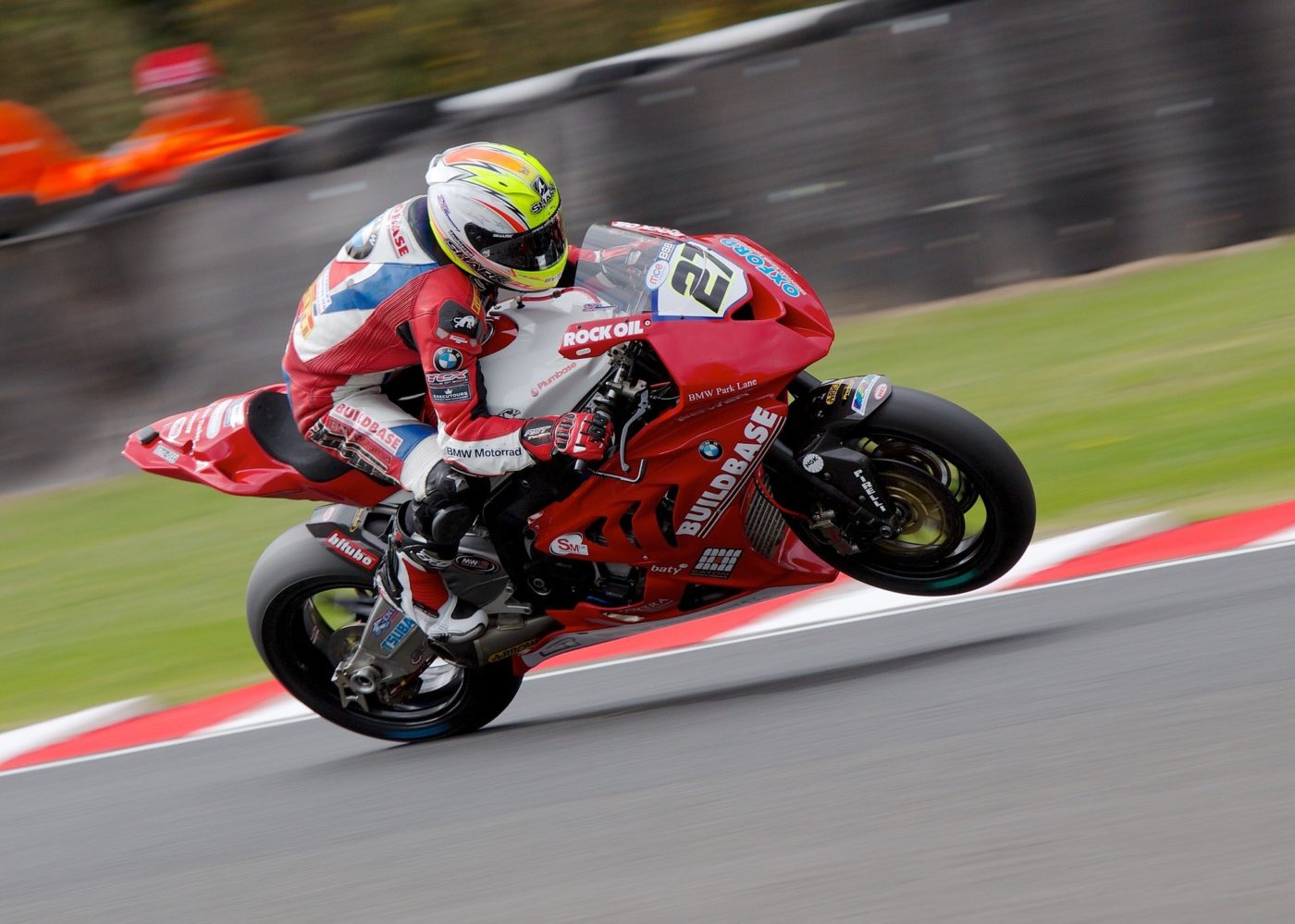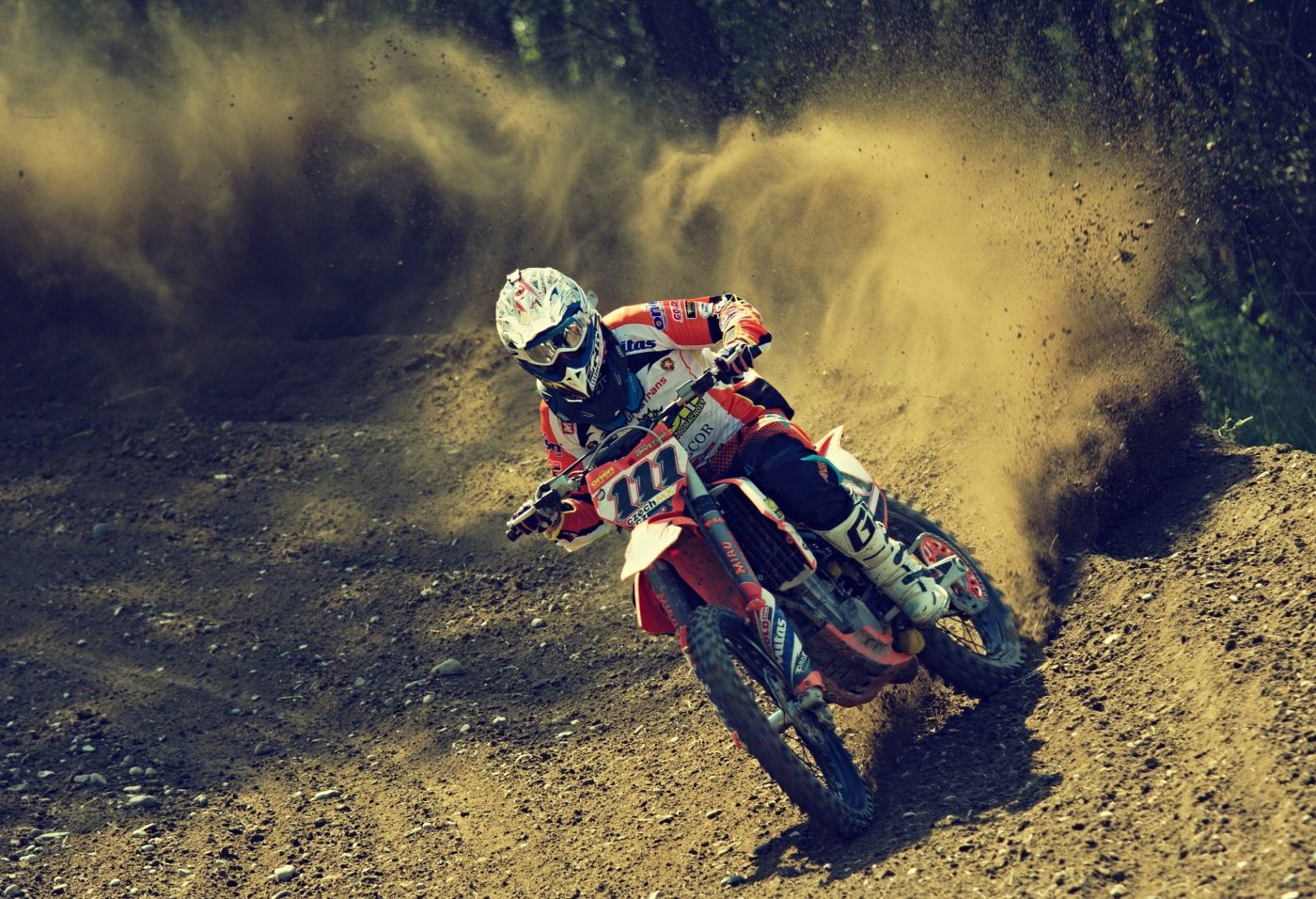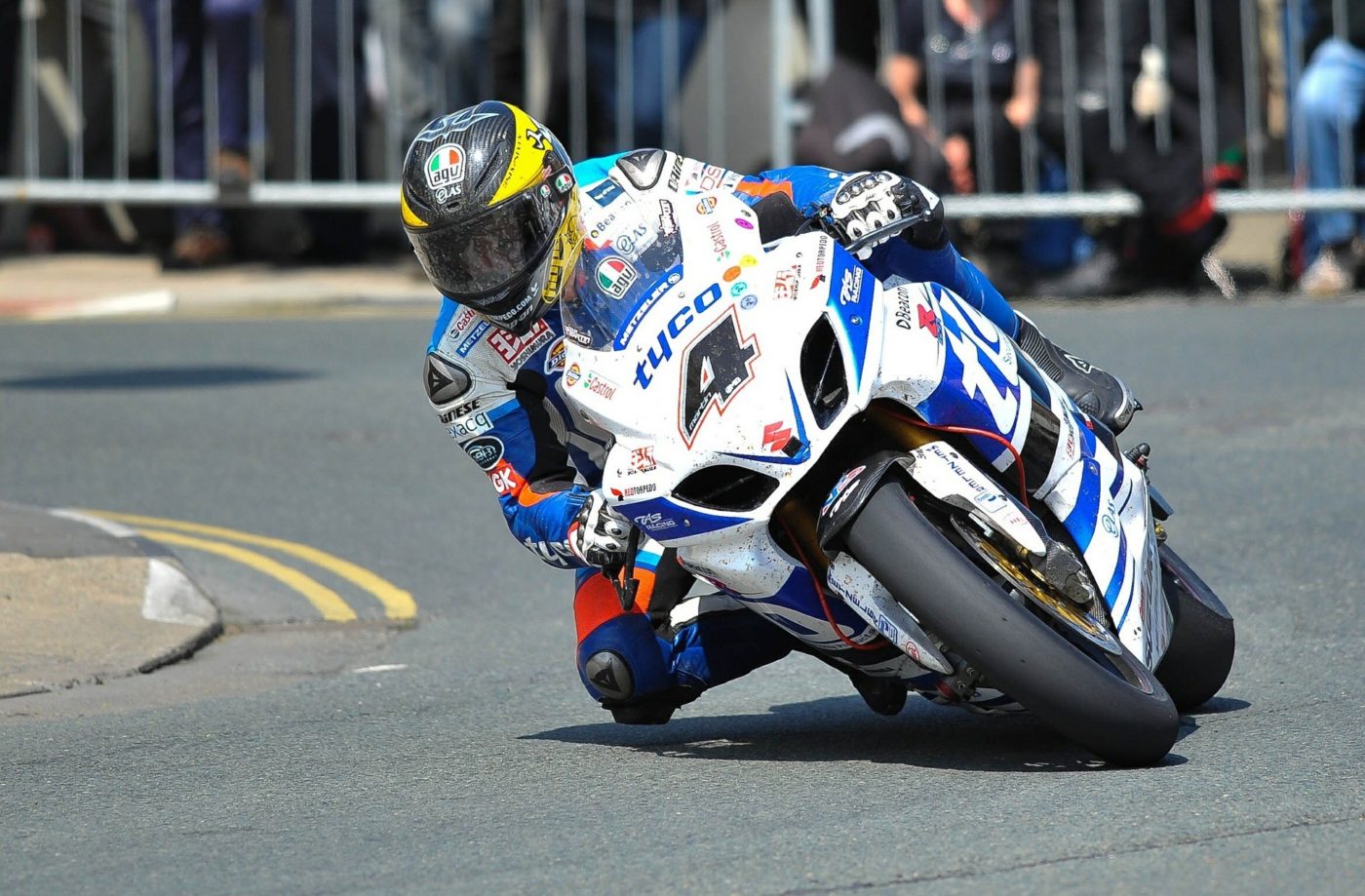January 11, 2020 4:57 pm
Go Fast, Finish Fast: The Physics of Motorcycle Racing
Today’s guest post is by StarTalk fan John Salazar. John is a certified techie-at-heart, but he shares a love for all things science and technology, health and wellness, and even a bit of music on the side. As a creative writer, John makes sure to write both informative and entertaining pieces. He loves writing, and he plays the guitar when he has free time.
Do you know that feeling – that feeling whenever the last leg of a motorcycle race force us to the edge of our seats, and our ears follow the sound of motorcycle engines as racers compete to dominate the track? What should’ve been moments can last seconds in a motorcycle race, all the more if it’s neck-and-neck. And after the race, all we can say to our friends who haven’t seen it is – “It’s so fast, you’ve got to be there.” If you want to cherish your experience more whenever you watch another thrilling match, you’ve got to pay attention less about the motorcycles and more about the physics of their races.
Races usually get decided not by the performance of the machines themselves, but how motorcycle riders and their machines adapt to multiple situations and to their environment. And when you start understanding the physics surrounding motorcycle races, matches and neck-and-neck battles will definitely be a thousand times more exciting. How does this work, though?

Credit: SplitShire via Pixabay.
1. Tires on the right terrain can make the largest difference in a race.
In car-based motorsports, you may have noticed how cars constantly change tires in seemingly bizarre situations. However, it’s important to remember that all of these moves are in fact carefully calculated. One fulfilled or missed stop can decide a race, and might sometimes be the basis of a safe run or an accident. The same applies to motorcycles, especially given how insanely fast and powerful these devices can be.
- Motorcycles in races usually have special tires depending on the terrain. For instance, motorcycles would usually rely on softer rubber tires that can grip to pavements efficiently. That’s because friction between soft rubber and the hard pavement prevents the machine from slipping unnecessarily.
- The presence and lack of tread may also play a huge difference in motorcycle races. For instance, little to no tire tread allows as much rubber to “grip” the pavement. This improves grip and reduces the risk of slipping.
- Likewise, treaded tires are more efficient to use in cool weather where there’s a ton of moisture. That’s because tread helps tires avoid hydroplaning and reduces the chance of slipping.

Credit: Up-Free via Pixabay.
2. Acceleration means controlling the motorcycle as early as the beginning of the race.
One of the most important aspects of motorcycle racing lies in how the motorcycle speeds up or slows down in whichever part of the race. And in the case of something as technical as motorcycle racing, winning or losing can be related to how you perform very early on in the match and how you adjust to other circumstances as well.
- How you handle the beginning of the race is important, especially if you’re handling a powerful machine. Acceleration comes from the rear motorcycle wheel, which means it’ll likely push the motorcycle’s back to the front.
- If you put in too much forward thrust at the start of the acceleration process, you might lift the front part of the bike off the ground. This is why some creative bikers tend to show off early in their exhibitions. This also applies to cars to some extent, which is why cars in games like Madalin Stunt Cars 2 are able to do complex maneuvers.
- However, if you do this during a race, you might end up showy but also placing last. As such you have to pay close attention to how you manage your motorcycle’s stability prior to full acceleration.

Credit: sms467 via Pixabay.
3. Steering secures the maneuverability of your motorcycle depending on the situation and the terrain.
Another important element of motorcycle racing you have to consider would be steering, as this is how drivers usually utilize their mastery over their machine and its overall handling. After acceleration, it’s steering that motorcycle racers should pay attention to.
- Countersteering is perhaps the most popular steering method in terms of high-speed motorcycle races. When a racer countersteers, they turn the handlebar to the opposite direction of how they want the bike to turn. So a countersteering racer that wants the machine to turn left needs to push on the left handlebar to the right. This works with the premise of gyroscopic motion, where you suddenly make a sharp turn with a wheel held firmly by an axle. If you turn the wheel to the right, its top twists to the left and therefore pushes its bottom to the left. The same applies to a fast-moving set of wheels, like that of a motorcycle.
- Body steering makes use of the rider’s body when making turns. Unlike countersteering, body steering adjusts the position of the bike according to how the rider applies pressure and weight to different parts of the motorcycle. In theory, it should be possible to combine countersteering and body steering when the rider turns the bike with their body and then uses the handlebars to make a quick shift in direction.

Credit: Pexels via Pixabay.
4. Turns without tripping have a lot to do with torque and some fake forces.
You’ve likely seen riders forcing their machines to make harsh turns but not fall off their vehicles. And at first glance this might seem like magic, but it’s not necessarily the case. In fact, a racing motorcycle doesn’t tip over on turns has largely to do with how turns “work.”
- Fake forces counteract the strength of the motorcycle during turns. In physics class, we’re made aware that an object’s motion is largely affected by forces. Aside from gravity, the way a motorcycle moves can be represented by the force of its acceleration. However, from a numbers’ point of view, “fake” forces (which only exist for the sake of math) counteracts the acceleration of the motorcycle to keep it upright. This is also known as the centrifugal force, or a force that “flees the center.”
- Torque ensures the motorcycle stays on its center. When a motorcycle turns, the friction between the road and its tires pushes the motorcycle back to the opposite direction. This is important, as it’s how riders interact with this force that can keep them upright on their machines. So when we talk about leaning motorcycles, torque is largely responsible for keeping the motorcycle balanced even on an angle.
The Physics of Races: Make Watching More Thrilling
The above points will give you a good gist of how motorcycle races work “behind the scenes,” so to speak. Motorcycles operate not just on its specs, but the way they get affected and adapt to the environment at large. This is especially tricky if they’re racing in certain conditions, such as in the rain, or other forms of terrain. This makes racing all the more exciting, too, as the more factors affecting the motorcycle, the more drivers and machines need to adapt to them.
As such, it’s extremely essential for both machines and racers to be able to adjust quickly and effectively to these changes to their environment. The slightest millisecond of a turn, or the slightest hesitation to switch gears, may easily determine the outcome of races.
Thanks to John for this guest post. If you’d like to learn more, watch or listen to our podcast, Motorcycle Racing: Physics on Two Wheels.
For more science and sports, listen to Neil deGrasse Tyson’s new podcast, StarTalk Sports Edition, which he hosts along with his co-hosts Gary O’Reilly and Chuck Nice. New episodes post every other Friday in the StarTalk Radio podcast feed wherever you get your podcasts.
StarTalk+ users can listen or watch ad-free, too. Visit Patreon and sign up for StarTalk + today!
Get the most out of StarTalk!
Ad-Free Audio Downloads
Priority Cosmic Queries
Patreon Exclusive AMAs
Signed Books from Neil
Live Streams with Neil
Learn the Meaning of Life
...and much more

 Become a Patron
Become a Patron

